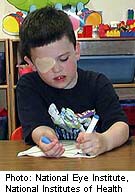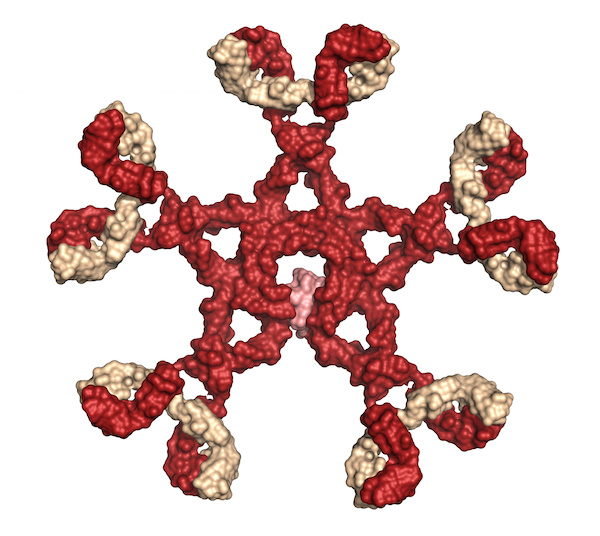
THURSDAY, June 9 (HealthDay News) — Children are among those most likely to be affected by a parasitic disease called ocular toxocariasis (OT), which can lead to permanent vision loss, according to a national survey of American ophthalmologists.
OT can occur when a person ingests dirt that’s contaminated with microscopic Toxocara eggs, which come from feces of an infected dog or cat. Larvae that emerge from the eggs migrate throughout the body and cause severe systemic reactions.
Children are at high risk for this type of infection due to their play habits and hygiene practices, according to researchers at the U.S. Centers for Disease Control and Prevention.
The 599 ophthalmologists who took part in the Internet survey diagnosed a total of 68 patients with OT between September 2009 and September 2010. Demographic information available for 44 of the patients revealed that the median patient age was 8.5 years (with an age range of 1 to 60), and 57 percent lived in the South.
Clinical data available for 30 patients showed that the most common symptom of OT was vision loss, reported in 25 (83 percent) of the cases. Of these patients, 17 (68 percent) suffered permanent vision loss.
The findings appear in the June 10 issue of the Morbidity and Mortality Report, published by the CDC.
“The results of this first national level survey demonstrate that OT transmission continues to occur in the United States, frequently affecting children and causing permanent vision loss in the majority of reported patients,” the researchers wrote.
While Toxocara is found in all parts of the United States, development of Toxocara larvae does not occur below 50 degrees Fahrenheit. This means that soil in warmer regions is more likely to contain infectious Toxocara eggs.
To prevent OT, people should have dogs and cats dewormed, restrict pets’ access to children’s play areas, properly dispose of pet waste, and practice good hygiene habits, experts advise.
More information
The U.S. Centers for Disease Control and Prevention has more about toxocariasis.

